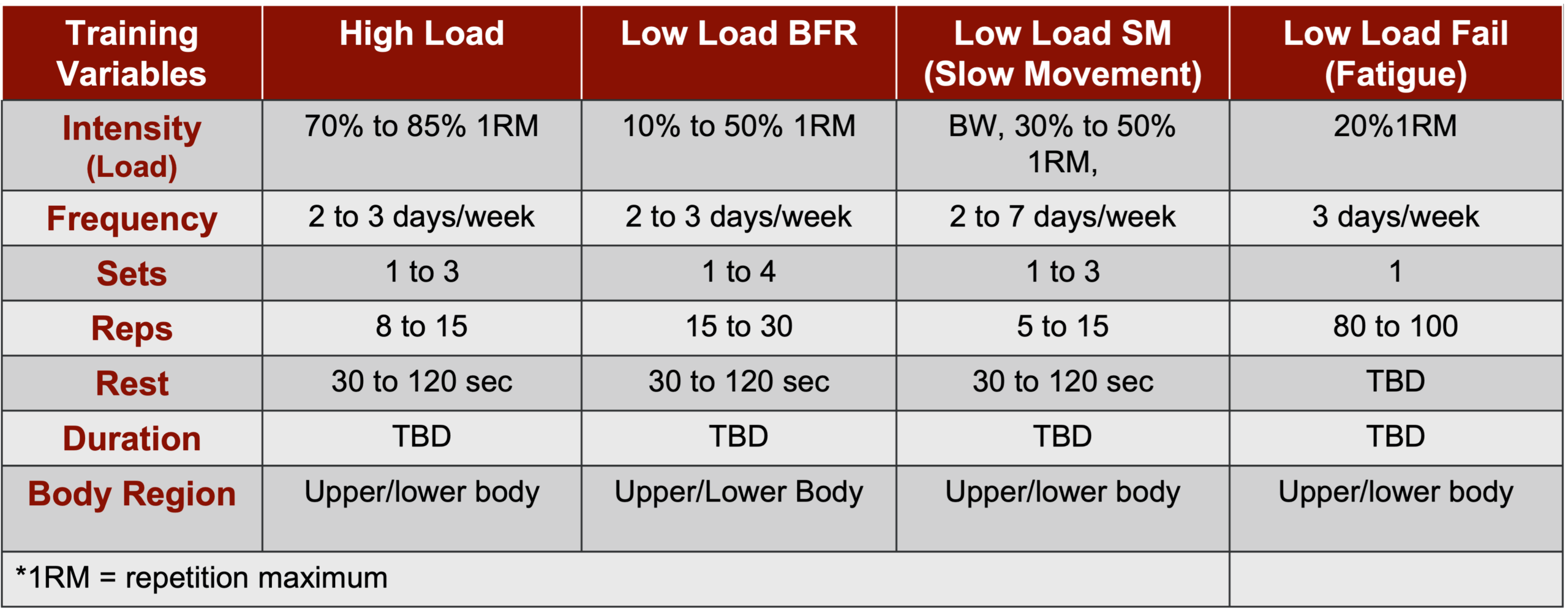Phone:
+6011-56331685
Email Address:
theneurofit@gmail.com

Sarcopenia is a common and serious muscle disease where, as we age, we progressively lose muscle mass, strength, and function. This isn’t just about feeling a bit weaker; it significantly increases health risks like falls, bone fractures, physical disability, and can greatly reduce your quality of life.
While any physical activity is good for your general health, simply relying on walking and daily housework is often not enough to effectively prevent or manage sarcopenia. Let’s break down why.
Sarcopenia isn’t just about general movement; it’s about a specific, progressive decline where your body starts to break down muscle faster than it can build it. To fight this, your muscles need a very particular kind of challenge.
• Lack of Specific Muscle-Building Stimulus:
Your muscles need a strong signal to grow and get stronger. Walking, even briskly, and most housework, while great for your heart and endurance, usually don’t provide enough resistance or overload to truly build new muscle or significantly increase strength.
• Limited Impact on Key Abilities
Even for older adults already diagnosed with sarcopenia, studies show that general exercise programs don’t always significantly improve critical functions like how fast you can walk or how easily you can stand up from a chair. If structured exercise has limited impact on these, less specific activities like walking or housework would be even less effective at preventing the decline in the first place.
• Insufficient for Building Muscle Mass
Muscle mass is a core component of sarcopenia. Research indicates that even combining a walking program with resistance bands for 12 weeks didn’t lead to significant increases in overall muscle mass. This strongly suggests that walking alone would be notably insufficient for building the muscle mass crucial to combating sarcopenia.
Scientific evidence consistently highlights Resistance Training (RT) as the most effective exercise for improving muscle strength and physical performance in older adults. It’s truly a “cornerstone” for managing sarcopenia.
• Direct Muscle Adaptation
RT works by directly increasing the size of your muscle fibers, leading to more strength. It also kicks off vital cellular processes that build muscle (called “anabolic pathways”) and helps slow down processes that break muscle down.
• Beyond General Activity – Progressive Overload
Unlike everyday activities, RT programs can be specifically designed with progressive overload. This means gradually increasing the challenge over time (e.g., lifting heavier weights, doing more repetitions, or trying harder versions of exercises). This constant, increasing challenge is vital for continuous muscle adaptation and growth.
◦ RT Recommendations: To prevent and treat sarcopenia, RT should ideally be performed 2-3 times per week, in 30-minute or longer sessions. Aim for 8-15 repetitions per set, doing 2-3 sets for about 8 larger muscle groups (using a challenging weight, typically 60-85% of what you can lift once).

(Image From Women’s Health Network)
• Comprehensive Guidelines
The World Health Organization (WHO) 2020 guidelines reflect this, recommending 150 minutes per week of moderate-intensity physical activity (like brisk walking) PLUS muscle-strengthening activities at least twice a week. This clearly emphasizes that general activity needs to be supplemented with specific resistance training.

While walking and housework contribute to overall physical activity and are definitely better than being completely sedentary (which is a risk factor for sarcopenia), they generally do not provide the specific, high-intensity, and progressive resistance stimulus required to effectively prevent the age-related loss of muscle mass and strength that defines sarcopenia.
To genuinely combat sarcopenia and improve your quality of life, incorporating structured resistance training into your regular routine, ideally as part of a comprehensive, multimodal exercise program combined with appropriate nutrition, is essential.